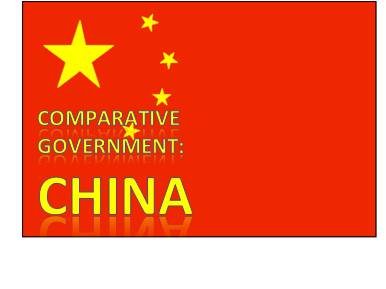 After the increase of Tibetan dissent in 2008, the Chinese government has turned to economic development to decrease conflict in not only the Tibetan Autonomous Region, but other heavily concentrated Tibetan communities in eastern China as well. Chinese president Hu Jintao called a Tibet planning conference to discuss the efforts that are to be made in the area. It seems clear that Beijing's tactic of economic development in Tibet is to enrich the lives of uprising Tibetans through material wealth. In the past, Tibet has resented the increasing presence of Han Chinese in Western China, and although the Chinese government has already allocated over $45 billion in Tibet since 2001, resentment seems to continue in the Tibetan region. The Tibet issue remains a bone of contention between the United States and China, as President Obama plans to meet with the Dalai Lama this year. To read more, click here.
After the increase of Tibetan dissent in 2008, the Chinese government has turned to economic development to decrease conflict in not only the Tibetan Autonomous Region, but other heavily concentrated Tibetan communities in eastern China as well. Chinese president Hu Jintao called a Tibet planning conference to discuss the efforts that are to be made in the area. It seems clear that Beijing's tactic of economic development in Tibet is to enrich the lives of uprising Tibetans through material wealth. In the past, Tibet has resented the increasing presence of Han Chinese in Western China, and although the Chinese government has already allocated over $45 billion in Tibet since 2001, resentment seems to continue in the Tibetan region. The Tibet issue remains a bone of contention between the United States and China, as President Obama plans to meet with the Dalai Lama this year. To read more, click here.This development in the conflict between Tibet demonstrates the relationship between political and economic change. China sees economic development as the key to smoothing over Tibet relations. It is easy to see how building up Tibetan wealth would reduce tensions with Beijing, however, the social cleavage between the Tibetans and the Han Chinese seem too deep to be solved through purely economic means. The cleavage that exists between the Tibetans and Han Chinese is ethnic, religious, and regional. As the Tibetans are one of the 57 ethnic groups living in China besides the Han Chinese, the case of Tibet shows the wide array of ethnic cleavages that exist in China even today. Religion also plays a big factor in this divide, as the Tibetans feel that their unique form of Buddhism is jeopardized by communist China's relative atheism. The Tibetans can be considered an independent nation as they have a unique cultural identity from that of the Han Chinese. Although Tibet is relatively independent in comparison with other regions in China, the country still desires greater autonomy. Many Americans see the issue in Tibet as a civil rights breach due to the influx of Han Chinese migrants in the region. Lastly, the case demonstrates domestic and international factors influencing policy-making and implementation, as American and other countries' sympathy for the Tibetans have influenced the Chinese government to take a path of economic development to stabilize the region.
Grade This Post
Grade This Post







No comments:
Post a Comment